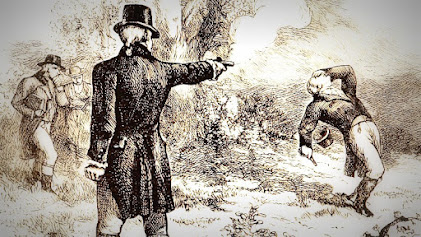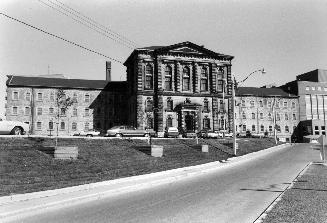Upper Canada's Killing Fields: Two Famous 19th Century Duels as Told by The Losers' Riverdale Descendants

In 19th century Upper Canada, dueling allowed a gentleman to restore or reaffirm his honour. So, a side glance at a party, a wanton gesture, or an unwise comment could precipitate a challenge framed according to strict rules imported from across the Atlantic. It’s true that legally, the duelist who killed his opponent was a murderer. But he had little to fear, for judges trod lightly and this class of criminal escaped punishment. Two famous duels killed the ancestors of two Riverdalers who will tell their stories and explore the aftermath of each unpunished murder. John Ridout, killed by Samuel Peters Jarvis in 1817, is Andrew Fitzgerald’s ancestor. Robert Lyon, killed by John Wilson in 1833 in a duel commemorated as The Last Fatal Duel, is Elizabeth Abbott’s Great-great-great Uncle. Elizabeth Abbott , author, website Link Listen to the " Last Fatal Duel" by Freddy Dixon (1943-2020) ****** Date: Tuesday, March 28, 2023 at 6:30PM Note : this is a Zoom p



